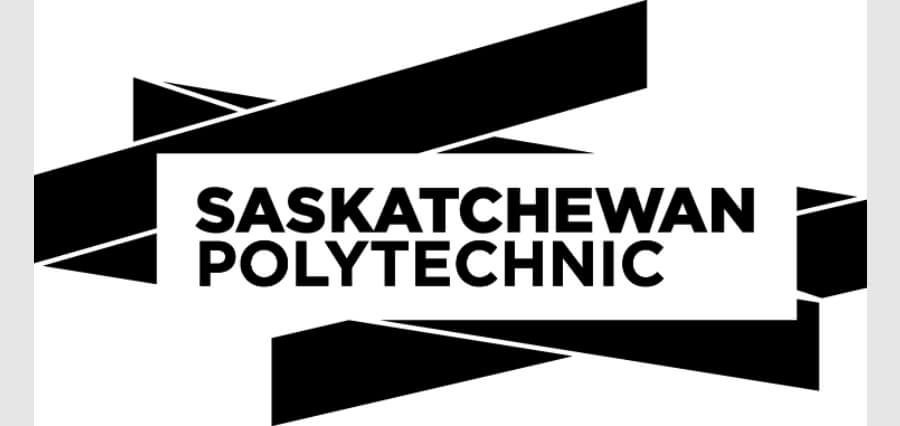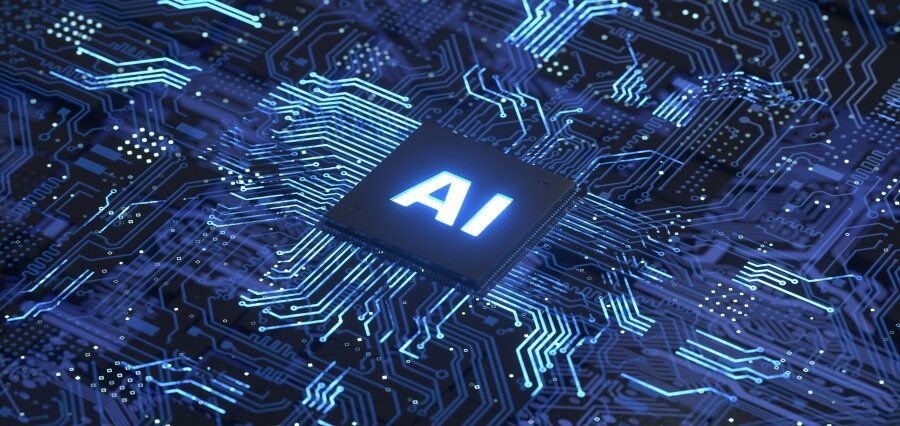In this era of time and space compressions, social connections are empowered by an explosion of technological advancements that mandate reframing our views of technology in the classroom. Technological advancements enlightened and conquered. It broadened possibilities and accelerated achievements. Major technological innovations are evident in various aspects of our lives. Today, voice-controlled assistants help in setting clocks and adjusting home thermostats, smartphone applications allow sharing images across the globe in an instant, and artificial Intelligence guide driving, predict purchasing habits, and provide real-time traffic updates. Big data analytics is fundamentally shaping our lives. Smart cities use information and communication technologies to improve efficiency of operations and services.
This same technology is altering teaching as we know it, marking a paradigm shift and ushering a new era in education. Educators are already implementing Technological Pedagogical Content Knowledge (TPACK) in classrooms to achieve learning outcomes. Integrating technology in teaching enrich learning experience by supporting teachers and providing students with 21st century skills.
While traditional teaching methods necessitate the instructor to occupy center stage with little or no student interaction, modern teaching methodologies call for greater student engagement. Integrating technology into our classrooms promote active learning, collaboration, autonomy and life-long skills.
Active learning, a technique that engages students in the learning process, promotes student classroom participation and involvement. Technology made this involvement conceivable. Simulation software such as virtual reality and 3D models allow students to visually observe the object of study, interact with processes, components, and analyze the fundamentals of the investigated object.
Developing intercultural competence is crucial in the 21st century. It is described as the active pursuit to understand and accept others through interaction and communication especially outside one’s own environment. Through virtual communities, students create products, communicate, and teach each other anywhere around the world. This provides heightened awareness, understanding and tolerance of diverse views.
Technology enables increased collaboration in the classroom. Collaboration constitutes effective communication among students resulting in problem solving skills crucial in the professional world. Flipped classrooms requires interactive learning and collective work. In flipped classrooms, the content is learned outside the class, while classroom time is allocated for students working together on assignments.
Technological pedagogy in the classroom aids in student autonomy. Students independently progress in mastering concepts. Customized curriculum accommodates students’ learning styles and needs. Interactive books and testing platforms adapt to students’ level and offer personalized activities and assessments.
While education should continue to prepare students for future careers, this generation grew up using tablets and smart phones. Employing technology in the classroom fosters digital literacy and digital citizenship skills such as responsibility, time management, confidence and kindness.
Academic institutions should facilitate the integration of technology in the classroom to empower faculty and teaching staff. It is important to offer pedagogical workshops and training in technological pedagogical knowledge. This knowledge focuses on ways to enhance teaching and learning through technology. It includes pedagogical feasibility of technological tools related to specific discipline. Another approach is to introduce learning management systems that allow faculty to integrate e-learning into the curriculum.
Traditional teaching and learning methodology are inevitably evolving with the influx of technology in our classroom nowadays. Educators continue to develop products that enhance students learning. Data generated from apps and programs provide insight into student progress and offer specific personalized recommendations to enhance student performance. The teacher becomes a guide and coach steering students through the learning process while providing support at the appropriate time.
Education today extends beyond bricks and mortar. Technology offers exciting opportunity for life-long learning, a keystone of a progressive society. It empowers individuals to acquire new skills thus building capacity and transforming knowledge into outcomes. Educational institutions are regarding technology an integral component of teaching and learning. Faculty are encouraged to view this as a tool to customize knowledge transfer and address various student needs. This empowers students and facilitates their success.
About the Author
Nadia Awaida is the Associate Professor of education and coordinator of the teaching diploma programme. She earned her PhD in Curriculum and Instruction from the University of South Florida. Her research focuses on intercultural competence, diversity, and classroom implications. She is passionate about promoting 21st century skills in education and considers intercultural awareness to be a governing force in our global time. She has over 12 years of teaching experience in the United States and tshe MENA region.









